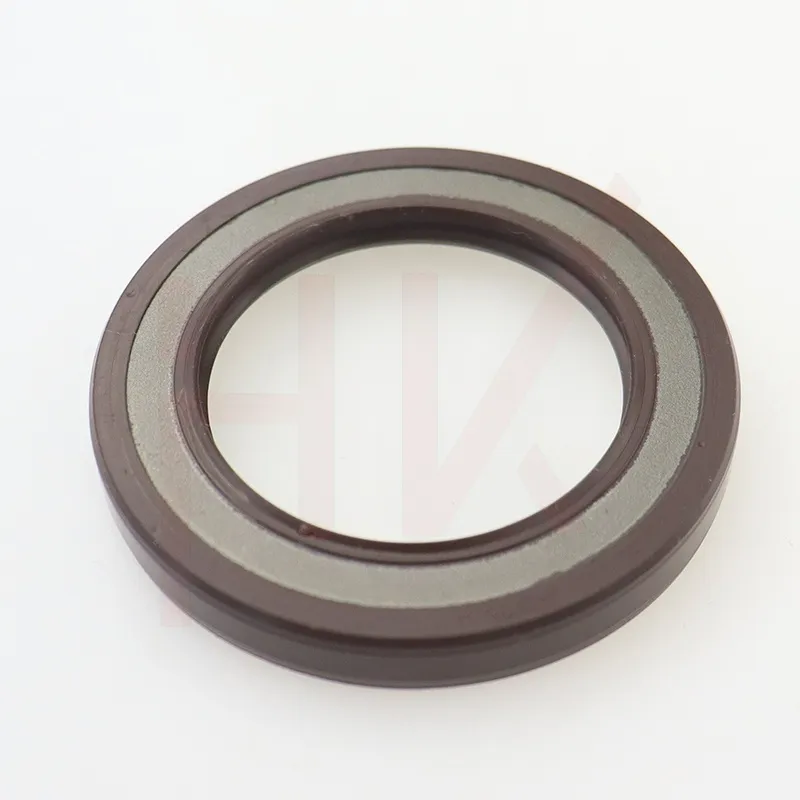10 月 . 04, 2024 10:54 Back to list
hydraulic oil seal types
Understanding Hydraulic Oil Seal Types
Hydraulic systems are critical components in various machinery and equipment, facilitating the transfer of power through the movement of fluids. An essential part of these systems is the hydraulic oil seal, which plays a vital role in maintaining system integrity by preventing leaks and contamination. Understanding the various types of hydraulic oil seals is crucial for selecting the right seal for specific applications.
What are Hydraulic Oil Seals?
Hydraulic oil seals are designed to contain hydraulic fluids within components and prevent external contaminants from entering the system. These seals are used in cylinders, pumps, and hydraulic motors, ensuring efficient operation and longevity of the equipment. The selection of a suitable oil seal depends on factors such as application type, pressure and temperature ranges, and the fluid being used.
Common Types of Hydraulic Oil Seals
1. O-Rings O-rings are circular sealing elements made from elastomeric materials. They are one of the simplest and most common types of seals used in hydraulic applications. O-rings provide reliable sealing under moderate pressures and can be utilized in static or dynamic applications.
2. U-Cups U-cup seals, resembling a U shape, are especially effective in sealing hydraulic fluid in rod and piston applications. They offer high-performance sealing properties due to their design, which helps in creating a stronger seal against the fluid pressure, thereby reducing wear on the sealing surface.
hydraulic oil seal types

3. Lip Seals Lip seals are typically used in rotary applications. These seals have a flexible lip that presses against the surface, providing an effective barrier to prevent the leakage of hydraulic fluids. They are essential in shaft sealing applications and are recognized for their ability to operate under a wide range of speeds and pressures.
4. V-Rings V-rings function well as a secondary seal to prevent contaminants from entering the hydraulic system. They are primarily used in applications where dust or dirt might be a concern. The seal is easy to install and provides effective protection against external particulates.
5. Composite Seals Composite seals combine different materials such as rubber, metal, and plastic materials to enhance their performance characteristics. They provide excellent durability and resistance to severe operating conditions, making them suitable for high-pressure hydraulic applications.
Application Considerations
When selecting hydraulic oil seals, consider the application environment, including temperature, pressure, and the type of hydraulic fluid involved. It’s also crucial to assess the motion type, whether it's static or dynamic, as this will significantly impact the seal's effectiveness and lifespan.
Regular maintenance and inspection of hydraulic seals can prevent leaks and system failures, contributing to machinery performance and safety. Choosing the right hydraulic oil seal type is essential for ensuring operational efficiency and reducing the risk of costly downtime in various industrial applications.
In conclusion, a comprehensive understanding of hydraulic oil seal types and their respective functions can lead to better decision-making when it comes to hydraulic system design and maintenance. By carefully considering the specific requirements of your application, you can extend the life of your hydraulic systems and enhance their operational reliability.
-
The Power of Advanced Sealing: High-Pressure Solutions for Modern Machinery
NewsOct.29,2024
-
Optimizing Machinery with High-Performance Oil Seals
NewsOct.29,2024
-
Maximizing Machinery Efficiency with Advanced Oil Seals
NewsOct.29,2024
-
Ensuring Equipment Longevity with Quality Oil Seals
NewsOct.29,2024
-
Enhance Equipment Performance with Quality Oil Seals
NewsOct.29,2024
-
Custom Oil Seals for Specialized Machinery Needs
NewsOct.29,2024
-
The Role of Wiper Seals in Dust Sealing and Oil Protection
NewsOct.20,2024
Products categories
















